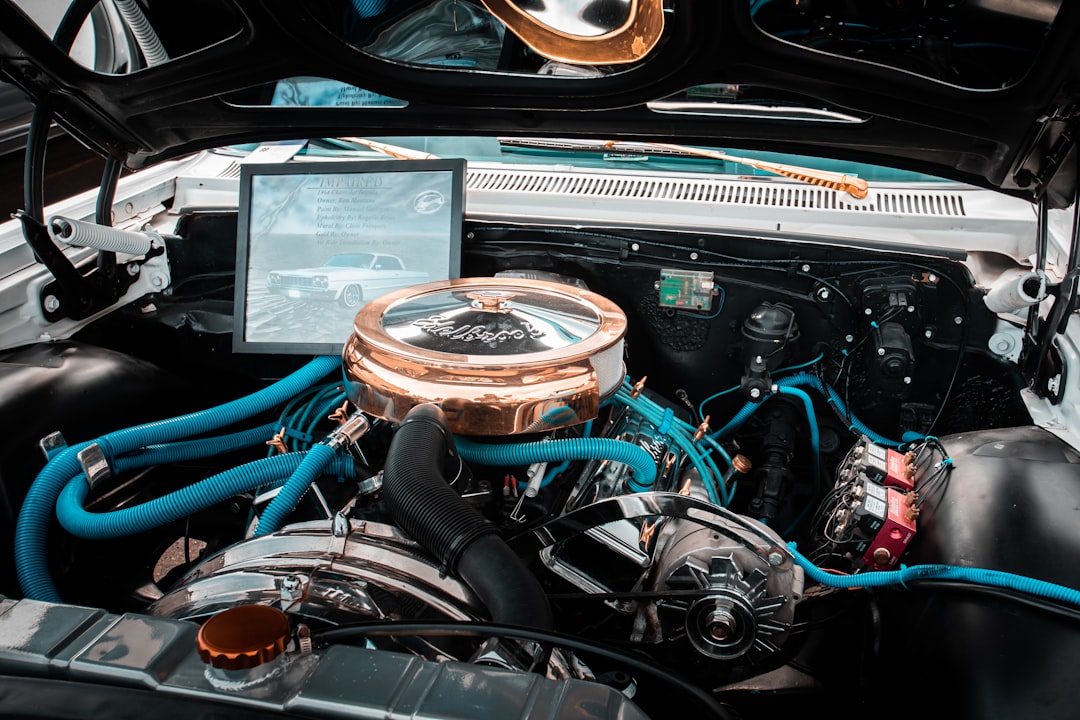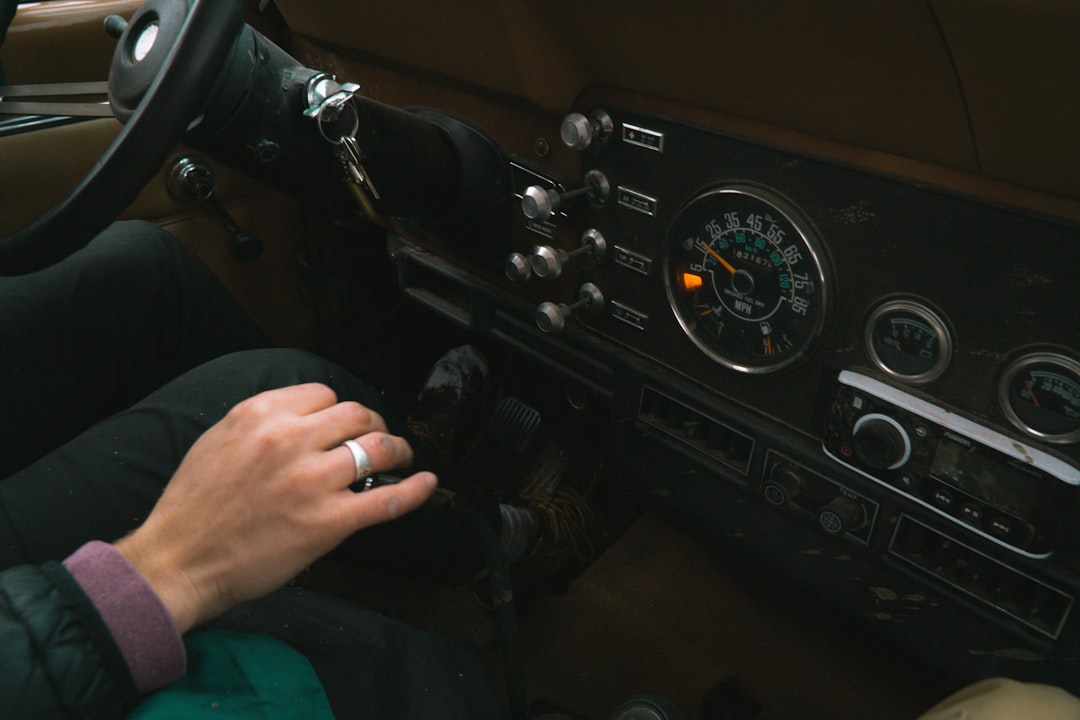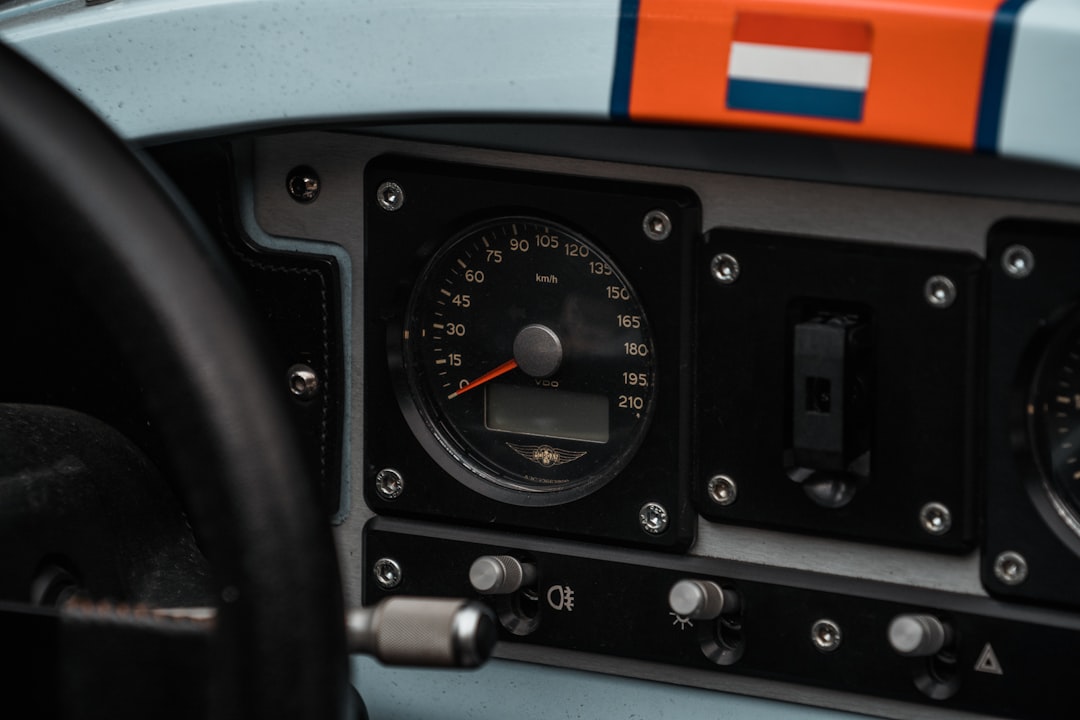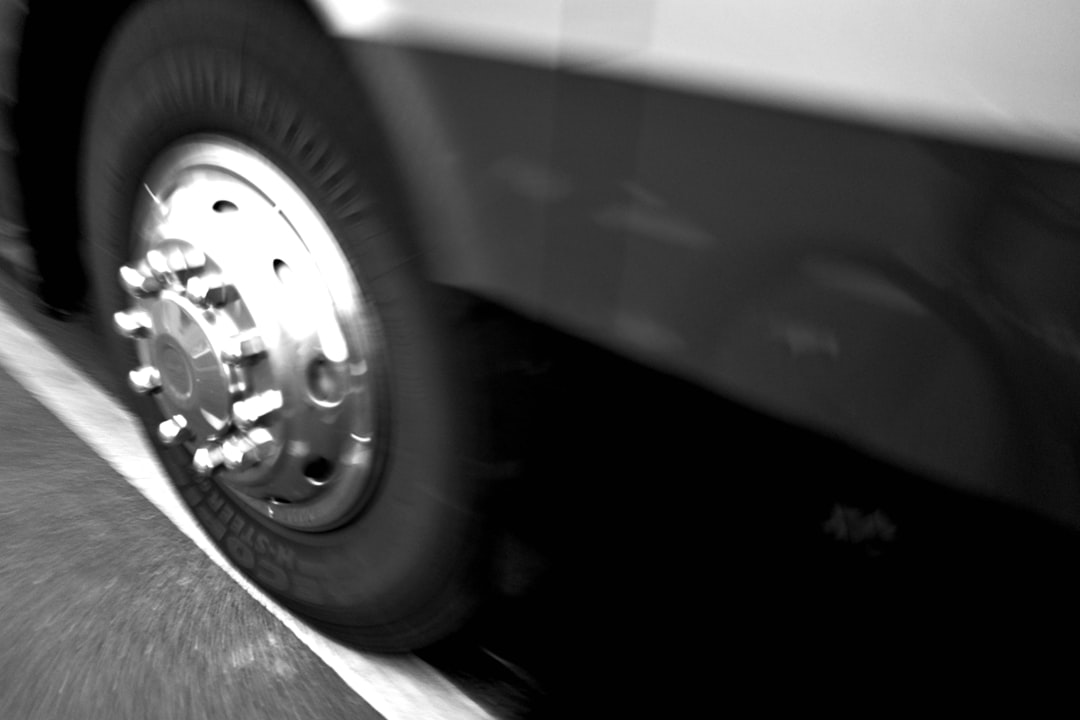

Engage prospects with a scan and streamline customer engagement with FREE QR code marketing tools by Sona – no strings attached!
Create a Free QR CodeFree consultation

No commitment

Engage prospects with a scan and streamline customer engagement with FREE QR code marketing tools by Sona – no strings attached!
Create a Free QR CodeFree consultation

No commitment
In today’s digitally driven world, QR codes have evolved from a novelty to a strategic powerhouse in bridging offline engagement with online action. For steering system repair services, QR codes create a frictionless bridge between the shop floor and the customer’s smartphone, turning printed materials and physical surfaces into instant paths to booking, approvals, education, and support. Scans take seconds, no app or login is required, and every interaction can be measured.
From vehicle intake forms to maintenance checklists and service authorizations, steering system repair services often rely on traditional printed materials or manual workflows that slow operations and fragment the customer experience. These gaps lead to missed high-value opportunities, inconsistent follow-up, and limited visibility into who is engaging and why. QR codes transform analog touchpoints into dynamic, trackable experiences that streamline approvals, automate scheduling, collect feedback, and reveal buyer intent.
By integrating QR codes into daily repair shop operations, businesses position themselves for greater operational efficiency and improved customer satisfaction, while gaining actionable insights into service trends, scan activity, and conversion paths. With the ability to connect scan behavior to service bookings, quotes, and post-service follow-ups, shops finally close the offline-to-online data gap that has hindered personalized engagement and upsell potential.

QR codes bridge the gap between physical touchpoints and digital outcomes, making it easier to achieve goals like rapid service authorization, faster appointment scheduling, and better communication during steering system diagnostics and repairs. When shops operate without a mechanism to capture and track these interactions, prospects who glance at flyers, estimates, or stickers often remain anonymous and unengaged. QR codes make those moments measurable and actionable.
Start by mapping the workflows that depend on paper and manual back-and-forth. Printed estimates, handwritten approvals, taped-up maintenance tips, and in-person status updates are all friction points that can be turned into one-scan digital flows. With QR-enabled processes, a customer approves an estimate on their phone, books a follow-up alignment in a few taps, or watches a short video explaining power steering fluid checks. Every scan provides context, which you can use to improve both service and marketing operations.
Here’s how to do it effectively:
Switching from manual sign-up sheets and printed instructions to QR-powered workflows reduces friction and accelerates service. It also creates an always-on data pipeline that reveals what customers want and when they are ready to act. Platforms like Sona QR allow repair shops to launch campaigns, monitor performance, and iterate quickly so each scan moves the business forward.

Steering system repair is complex, time-sensitive, and often unfamiliar to customers. QR codes simplify the experience, connect people to trusted information, and let them take action immediately. They also bring transparency and measurement to offline interactions that were previously invisible.
Two dynamics make QR especially valuable in this vertical. First, most engagements begin with a physical touchpoint: a tow-in, a counter visit, a printed estimate, or a mailed coupon. Second, the best customer experiences combine fast answers with clear next steps. QR codes deliver both. They guide the customer to the right digital destination and capture signals you can use to optimize service and marketing.
Apply these principles to everyday materials: appointment cards that link to rescheduling flows, estimate sheets that open digital approvals, window stickers that reveal vehicle service history, and receipts that enable real-time reviews. Success is not only about enabling access, it is about measuring intent and turning engagement into outcomes.

Different shop goals call for different QR formats. The key is to match the format to the action you want customers to take and to the environment where they scan. For steering system repair services, several standouts consistently perform well.
Dynamic QR codes are particularly useful in repair environments. They allow you to change the destination without changing the printed code. Use dynamic for campaigns that need tracking, A/B tests, or periodic updates. Choose static codes for evergreen resources like a maintenance checklist PDF or a technician tips page that rarely changes.
Most steering system repair shops already have the right surfaces to host QR codes. The opportunity lies in turning those surfaces into conversion engines that are both customer friendly and data rich. Begin with the points of friction in your customer journey and layer QR codes that remove steps and make actions obvious.
Think through your busiest touchpoints: the service counter, the waiting area, the parking lot, and the invoice handoff. Customers are already looking at these assets. Add clear calls to action alongside scannable codes so that every glance becomes a path to progress.
As you deploy, test several CTAs and placements. Measure scan-to-action rates, then double down on the combinations that drive approvals, bookings, and reviews. Over time, your physical environment becomes an integrated part of your digital funnel.

Common repair interactions can be improved with simple QR experiences that drive action and collect useful data. Start with the use cases that will save the most time or unlock the greatest conversion lift, then expand into education and retention.
Each of these use cases transforms a manual, error-prone step into a guided, trackable experience. As scan data accumulates, you can refine messaging, adjust offers, and personalize outreach by interest and urgency.
Every scan is a behavioral signal that reveals intent, timing, and context. By deploying unique QR codes across your touchpoints, you can create segmented audiences to retarget with email, SMS, or ads. This approach helps you stay relevant and timely rather than generic.
Start by mapping your funnel from awareness to conversion. Associate specific codes with specific stages, then let the data flow into your CRM for automated follow-ups. This ensures customers who watched an educational video receive a different message than customers who almost approved a repair but did not complete the signature.
Examples of useful distinctions for steering system services include first-time visitors versus returning customers, retail customers versus fleet managers, and shoppers who scanned educational content versus those who scanned approval links. Tailor creative, frequency, and offers to each segment so every message feels relevant and helpful.
QR codes unify the customer journey across print, physical environments, and digital channels. They make offline media measurable and online media more immediate. When implemented consistently, they turn fragmented touchpoints into a connected funnel that drives both service outcomes and lifetime value.
Before deployment, align QR destinations with channel expectations. A code on a mailer should lead to a mobile booking form with minimal fields. A code on a counter sign can link to a page with more detail since the customer is likely waiting with time to read.
A connected dashboard, such as Sona QR, simplifies management and reporting across all of these channels. You can monitor performance in real time, update destinations without reprinting, and feed scan signals into your CRM and ad platforms to keep the journey moving.
Executing a QR campaign in a repair environment is straightforward when you follow a repeatable playbook. The goal is to launch quickly, measure honestly, and iterate based on what customers actually do rather than what you think they might do. Use the following steps to go from idea to results.
Successful QR programs evolve. Once you have your first win, treat codes like living, testable assets. Keep refining the creative, the destinations, and the follow-up flows to maximize lifetime value.

For steering system repair services, tracking must extend beyond simple scan counts. The objective is to connect every scan to downstream actions such as approvals, bookings, and completed jobs so you can prove impact and allocate resources wisely. This is where an integrated platform pays off.
Start with consistent tagging. Assign unique codes to each placement and campaign, add UTM parameters, and ensure destinations can capture form fills and signatures. Then connect your QR platform to your CRM and point-of-sale system so scan engagement flows into customer records.
When analytics are part of the workflow, you learn which messages shorten approval time, which placements drive bookings, and which customer segments are most responsive. That knowledge compounds, turning each new campaign into a smarter version of the last.
QR codes thrive when they are visible, well messaged, and tied to automation. A few practical adjustments can dramatically increase scan rates and downstream conversions. Focus on clarity, speed to value, and measurable outcomes.
Encourage your team to point out QR codes during key interactions and to explain the benefit in concrete terms. Customers will scan when the payoff is obvious, the label is clear, and the process feels safe and simple.
These habits create a virtuous cycle. More scans deliver better data, which enables sharper targeting and higher conversion, which justifies expanding QR coverage across your operation.
QR codes are more than a shortcut for steering system repair services, they are a strategy for modernizing operations and elevating the customer experience. By turning every estimate, receipt, and shop sign into a digital entry point, you make it easy for customers to approve repairs, check status, learn about maintenance, and leave feedback. Each scan becomes a signal that helps you understand intent and deliver the right next step.
With a platform like Sona QR, you can design, deploy, and track QR campaigns across all your touchpoints. Dynamic code updates keep information fresh, analytics attribute scans to outcomes, and CRM integrations trigger timely follow-ups. The result is a connected funnel where physical and digital interactions reinforce each other, improving utilization, revenue, and loyalty. Start creating QR codes for free.
Steering system repair is built on trust and precision. QR codes support both. They clarify decisions, reduce delays, and reveal what your customers value most. Start with a single high-impact use case such as digital repair authorization, measure the lift, and expand to status updates, education, and reviews. You will not only streamline your shop, you will build a data foundation that keeps paying off with every scan.
QR codes have revolutionized steering system repair services by transforming traditional repair processes into seamless, interactive experiences. They enable technicians and customers alike to access detailed repair guides, service histories, and warranty information instantly—streamlining workflows and boosting trust. Imagine technicians scanning a QR code to pull up precise repair instructions on the spot, reducing errors and turnaround times while enhancing customer confidence.
With Sona QR, you can create dynamic, trackable QR codes tailored for your repair services in seconds, update content anytime without reprinting, and gain valuable insights into customer engagement and service effectiveness. This means every scan becomes an opportunity to improve service quality, foster loyalty, and grow your customer base.
Start for free with Sona QR today and turn every QR code into a powerful tool for smarter, faster, and more profitable steering system repairs.
Signs include worn steering components symptoms explained in educational videos linked via QR codes on counter signs and inspection reports.
Choose a service that uses QR codes for transparency, fast approvals, real-time status updates, educational resources, and customer feedback to ensure efficient and trustworthy repairs.
While the article does not list specific causes, it highlights that worn steering components and parts like tie rods or rack-and-pinion systems are commonly serviced.
QR codes digitize manual workflows, enable instant estimate approvals, automate scheduling, provide repair status updates, offer educational content, and collect feedback, making the repair process faster and more transparent.
Benefits include increased operational efficiency, improved customer satisfaction, measurable engagement, cost savings from reduced reprinting, and enhanced data-driven marketing and service personalization.
Use Sona QR's trackable codes to improve customer acquisition and engagement today.
Create Your FREE Trackable QR Code in SecondsJoin results-focused teams combining Sona Platform automation with advanced Google Ads strategies to scale lead generation

Connect your existing CRM

Free Account Enrichment

No setup fees
No commitment required

Free consultation

Get a custom Google Ads roadmap for your business






Launch campaigns that generate qualified leads in 30 days or less.
